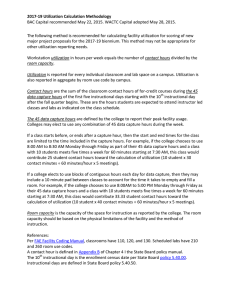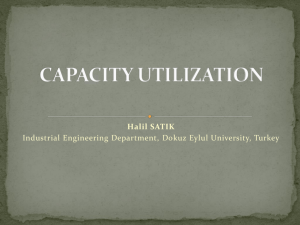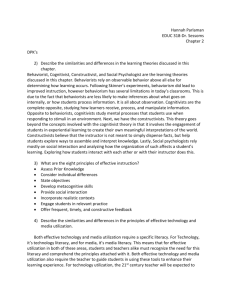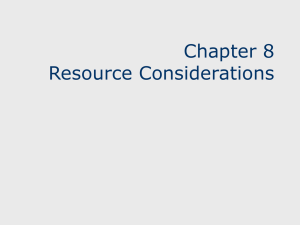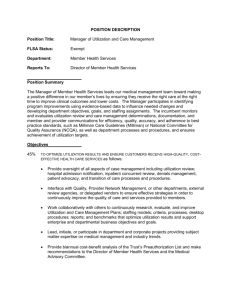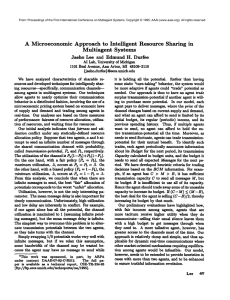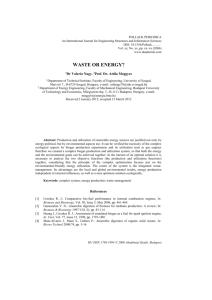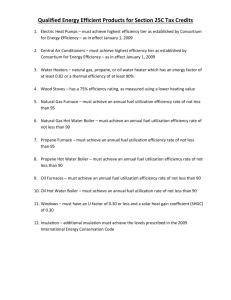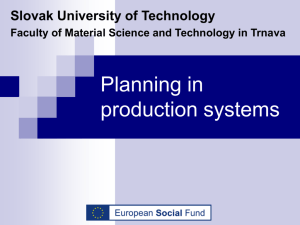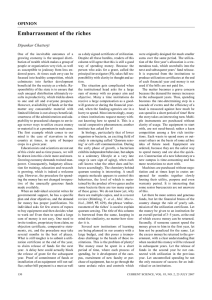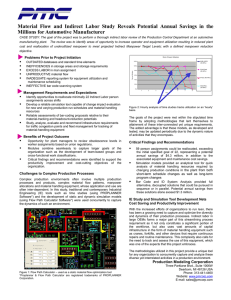Efficient Resource Utilization in IT
advertisement
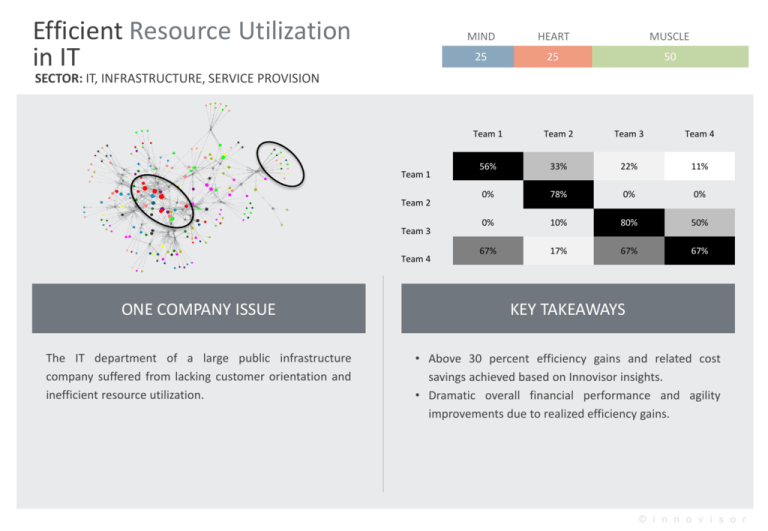
Efficient Resource Utilization in IT MIND HEART MUSCLE 25 25 50 SECTOR: IT, INFRASTRUCTURE, SERVICE PROVISION Team 1 Team 2 Team 3 Team 4 Team 1 Team 2 Team 3 Team 4 56% 33% 22% 11% 0% 78% 0% 0% 0% 10% 80% 50% 67% 17% 67% 67% ONE COMPANY ISSUE KEY TAKEAWAYS The IT department of a large public infrastructure company suffered from lacking customer orientation and inefficient resource utilization. • Above 30 percent efficiency gains and related cost savings achieved based on Innovisor insights. • Dramatic overall financial performance and agility improvements due to realized efficiency gains. © i n n o v i s o r Efficient Resource Utilization in IT SECTOR: IT, INFRASTRUCTURE, SERVICE PROVISION APPROACH INSIGHTS OUTCOME Innovisor were engaged to reduce the external spending on consultants, improve resource utilization and strengthen the interface to customers. Following approach was applied: 1. Execution of a survey-based network analysis mapping the informal organization, combined with interviews of team leaders to understand current processes and ruling terminology. 2. A gap analysis between current and desired situation were conducted jointly with the top management team. The analysis formed basis for a prioritization of issues, the going forward planning of initiatives, and the explicit buy-in to strategic direction. 3. Facilitation and joint problem solving throughout the design and implementation of initiatives, including KPI setting, visual management, and all related governance. • The diagnostic revealed extremely limited and fragmented collaboration between teams. • Innovisor findings demonstrated that employees had limited knowledge of competencies held by colleagues outside their own team, leading to low utilization of internal competences. • Due to lack of project/task request procedures, customer authority definitions and critical KPIs, the IT department had lost control of resource allocation. • A detected absence of an IT vendor sourcing strategy constantly caused higher costs and confusion. • Reorganization of the IT department, achieving a clear split between strategic IT projects and development/support. • Roles, responsibilities and KPIs clearly defined and new steering capabilities introduced. • Enhanced control of resource allocation, aligned with defined company priorities and procedures. © i n n o v i s o r




